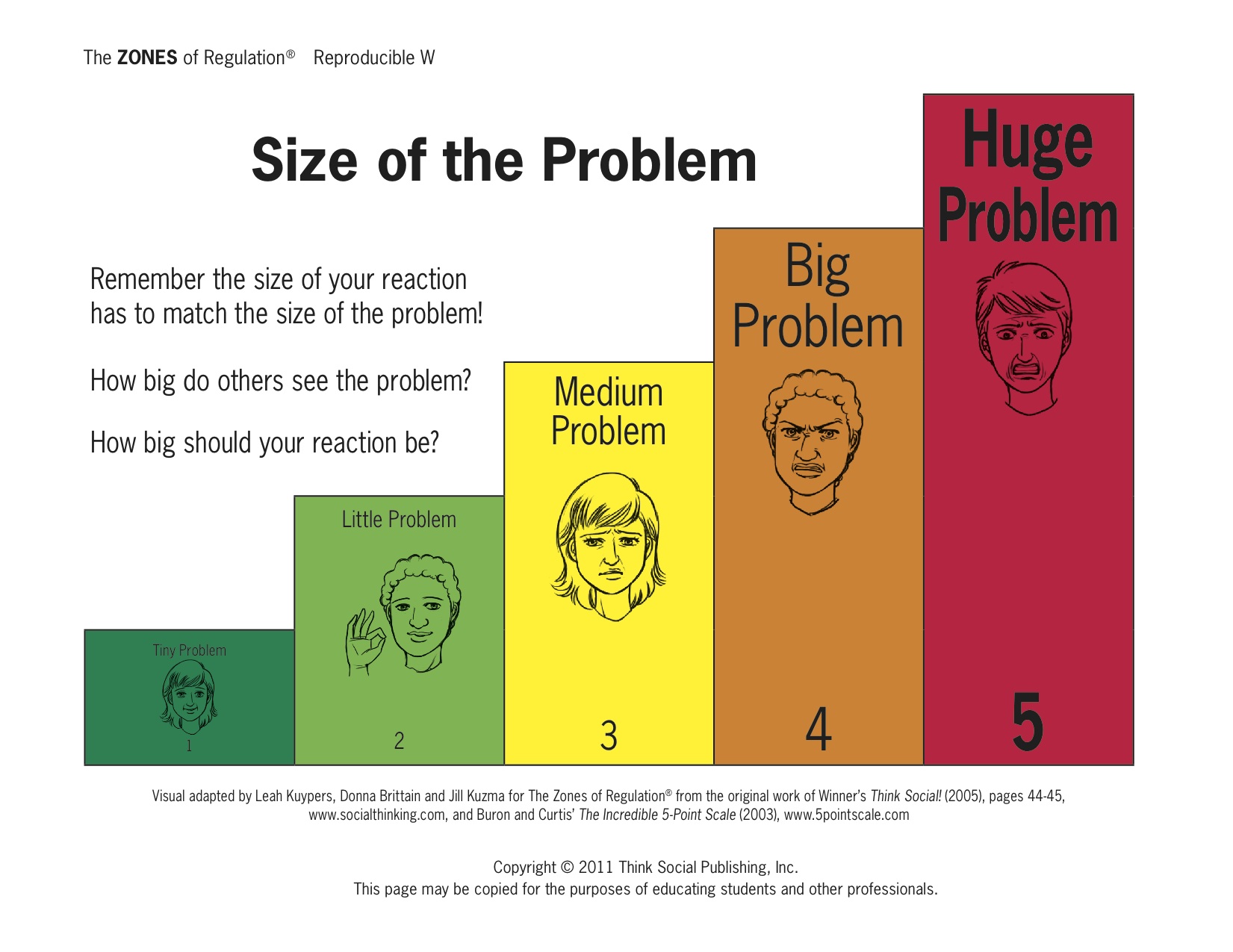Zones Of Regulation Worksheet
The Zones of Regulation Worksheet is an essential tool for understanding and managing our emotions. It provides a framework for individuals to identify and regulate their feelings, helping them navigate various situations with greater ease. In this article, we will explore the importance of the worksheet and how it can be used effectively to promote emotional well-being.
The Zones of Regulation: An Overview

The Zones of Regulation model was developed by Leah Kuypers, an occupational therapist and autism resource specialist. The framework is designed to help individuals, including children and adults, understand and manage their emotions effectively. It categorizes emotions into four color-coded zones: Blue Zone, Green Zone, Yellow Zone, and Red Zone.
Understanding the Zones

The Blue Zone represents low energy and low alertness. In this zone, individuals may feel sad, tired, sick, or bored. It is essential to recognize when we are in the Blue Zone and take appropriate actions to move towards a more positive emotional state.
The Green Zone is the ideal zone where individuals feel calm, happy, focused, and ready to learn. It is the zone where we are most likely to engage in positive social interactions and make sound decisions.
The Yellow Zone signifies a heightened state of alertness and elevated emotions. In this zone, individuals may feel anxious, frustrated, overwhelmed, or excited. It is important to address these emotions and find strategies to stay in control.
The Red Zone represents an extremely heightened state of alertness and intense emotions. In this zone, individuals may feel angry, aggressive, terrified, or out of control. It is crucial to recognize the Red Zone and employ effective coping mechanisms to calm down.
Using the Zones of Regulation Worksheet
The Zones of Regulation Worksheet serves as a visual aid to help individuals pinpoint their current emotional state and recognize the actions they can take to regulate it. The worksheet can be utilized in various settings, including homes, schools, and therapy sessions, to teach emotional awareness, self-regulation, and emotional problem-solving skills. Here are a few steps to effectively use the worksheet:
Step 1: Identifying Emotions
Begin by discussing different emotions or feelings associated with each zone. Encourage individuals to share personal experiences or situations that connect with the various emotions. This exercise helps in building emotional vocabulary and fostering self-awareness.
Step 2: Recognizing Triggers
Identifying triggers is a crucial step in emotional regulation. Discuss common triggers for each zone and encourage individuals to identify their personal triggers. It could be specific situations, people, or even physical sensations. This exercise helps individuals become more aware of their emotional responses and prepares them to respond effectively.
Step 3: Developing Coping Strategies
Once triggers are identified, work together to brainstorm coping strategies for each zone. Help individuals come up with practical techniques that can be implemented in real-life situations. Some examples include deep breathing exercises, taking a break, talking to a friend, or engaging in a calming activity.
Step 4: Reinforcement and Practice
Consistent reinforcement and practice are essential for building emotional regulation skills. Encourage individuals to keep track of their emotions and use the worksheet regularly to reinforce the concepts learned. Celebrate progress and provide positive feedback when individuals successfully regulate their emotions.
Frequently Asked Questions (FAQ)
-
What is the recommended age group for using the Zones of Regulation Worksheet?
The Zones of Regulation Worksheet can be adapted for various age groups, starting from early childhood to adulthood. The concepts and strategies can be taught based on the cognitive and emotional abilities of individuals.
-
Can the Zones of Regulation Worksheet be used for individuals with special needs?
Absolutely! The Zones of Regulation model is widely used in therapeutic settings, including individuals with special needs such as autism spectrum disorders, ADHD, and sensory processing difficulties. It provides a structured approach to understanding and managing emotions.
-
How can the Zones of Regulation Worksheet benefit educators?
For educators, the Zones of Regulation Worksheet can serve as a valuable tool to promote emotional intelligence and self-regulation in the classroom. By incorporating the concepts into daily routines, educators can create a supportive environment that fosters emotional well-being and academic success.
In conclusion, the Zones of Regulation Worksheet is a powerful resource for individuals seeking to enhance their emotional well-being. By understanding and utilizing the framework effectively, individuals can develop greater emotional intelligence, self-regulation, and problem-solving skills. Whether utilized at home, school, or therapy sessions, the worksheet serves as a practical guide towards building a healthier emotional foundation.
Lucy Brereton: Get Rid Of Zones Of Regulation Worksheet Problems Once
 Image Source : lucybreretonteacher.blogspot.com
Image Source : lucybreretonteacher.blogspot.com Zones Of Regulation Printables / Image Result For Zones Of Regulation
 Image Source : danielfiass1968.blogspot.com
Image Source : danielfiass1968.blogspot.com regulation emotion coping behavior ot
1000+ Images About Zones On Pinterest | Feelings, Student And Gauges
 Image Source : www.pinterest.com
Image Source : www.pinterest.com regulation zones worksheet self emotional emotion social feelings sort words coloring worksheets zone kids students activities cut toolbox sheet into
Emotion Regulation Skills Pdf
 Image Source : wiringwiringbeahan101.z19.web.core.windows.net
Image Source : wiringwiringbeahan101.z19.web.core.windows.net Piper McKellar: Top 20+ Quotes On Zones Of Regulation Worksheet
 Image Source : pipermckellar.blogspot.com
Image Source : pipermckellar.blogspot.com Image Result For Zones Of Regulation Worksheet | Zones Of Regulation
 Image Source : www.pinterest.com.au
Image Source : www.pinterest.com.au regulation zones renewing
Zones Of Regulation Worksheets - Google Search | Zones Of Regulation
 Image Source : www.pinterest.com
Image Source : www.pinterest.com regulation zones worksheets school jenn
Image Result For Zones Of Regulation Toolbox | Zones Of Regulation
 Image Source : www.pinterest.com
Image Source : www.pinterest.com zones regulation activities toolbox skills emotions kids social self easy emotional coping use school made elementary management printable tool box
Zones of regulation printables / image result for zones of regulation. Regulation zones renewing. 1000+ images about zones on pinterest. Zones of regulation worksheets. Image result for zones of regulation worksheet